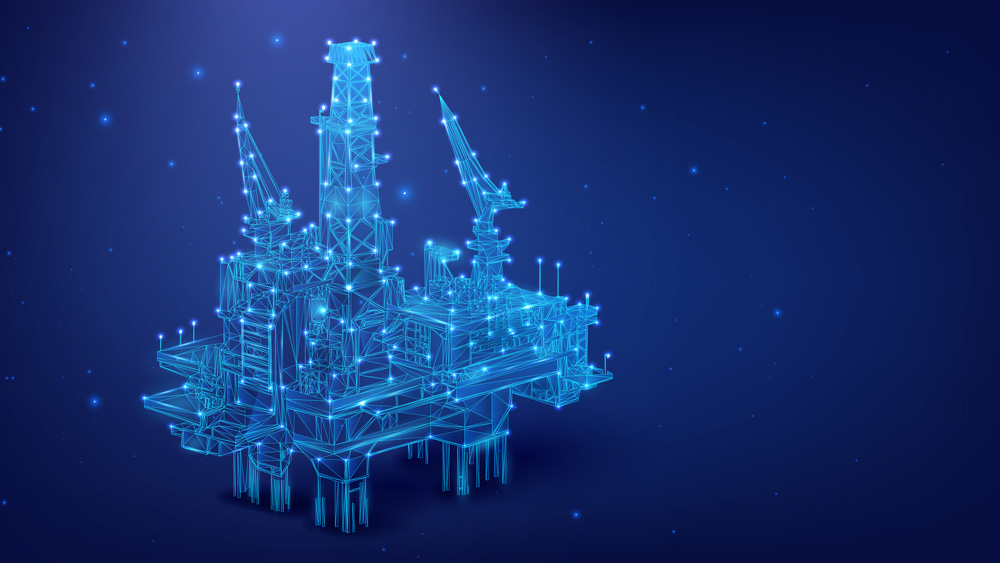How Artificial Intelligence Is Transforming Oil and Energy


Artificial intelligence (AI) is no longer a futuristic add‑on for the energy sector — it’s a core driver of efficiency, safety and competitiveness.
From predictive maintenance on refinery equipment to digital twins that simulate entire plants and AI‑driven trading desks that forecast price swings, AI is reshaping how oil is produced ,refined, traded and delivered. This post breaks down what that transformation looks like, why it matters, and how companies can act now.
Historically, digitization in oil & gas focused on data collection and basic automation. Today, AI turns raw data into insight—predictions, recommendations andautomated actions that materially change outcomes: less downtime, higher throughput, smarter trading choices and lower emissions.
In refining, predictive maintenance has become one of the most impactful uses of AI.
AI systems analyze vibration, temperature, and acoustic data from equipment to predict failures before they happen.
This prevents unplanned downtime and saves millions annually in lost output.
“Smart refineries” are now adopting digital twins — virtual replicas of physical assets — to simulate performance, test scenarios, and identify the most energy-efficient configurations.
For example, AI-driven heat exchanger optimization can cut energy use by10–15%, directly improving both margins and emissions.
Beyond production, AI is transforming energy trading — from crude oil and base oils to electricity and carbon credits.
Algorithms can forecast demand, monitor geopolitical events, and interpret shipping and weather data to anticipate market shifts faster than traditional models.
Fortraders, this means improved hedging, better risk assessment, and smarter cargo allocation.
AI-driven analytics enable faster responses to supply disruptions or freightcost surges — providing a competitive advantage in volatile markets.
The road to net zero requires every part of the energy system to become more efficient.
AI plays a key role in decarbonization, monitoring emissions, optimizingfuel blends, and supporting cleaner technologies.
Byintegrating AI into energy management systems, organizations can track carbonintensity in real time and minimize waste.
Machine learning models are also improving renewable performance — predicting wind and solar output, balancing grid loads, and connecting traditional and new energy networks.
Despite its sophistication, AI doesn’t replace expertise — it amplifies it.
The combination of engineers, data scientists, and energy professionals makes AI valuable.
Human judgment remains vital to interpret insights, ensure safety, and maintain ethical and environmental standards.
• Start small: Focus AI efforts on predictive maintenance or digital twin pilots.
• Improve data quality: Standardized, connected data systems are crucial.
• Partner smartly: Combine in‑house expertise with AI and data science partners.
• Track results: Measure performance improvements and reinvest in scaling.
Artificial intelligence is not replacing energy; it is redefining it.
The winners of the next energy era will be those who combine insight, adaptability, and technological literacy — shaping an industry whereintelligence becomes the most powerful source of energy.